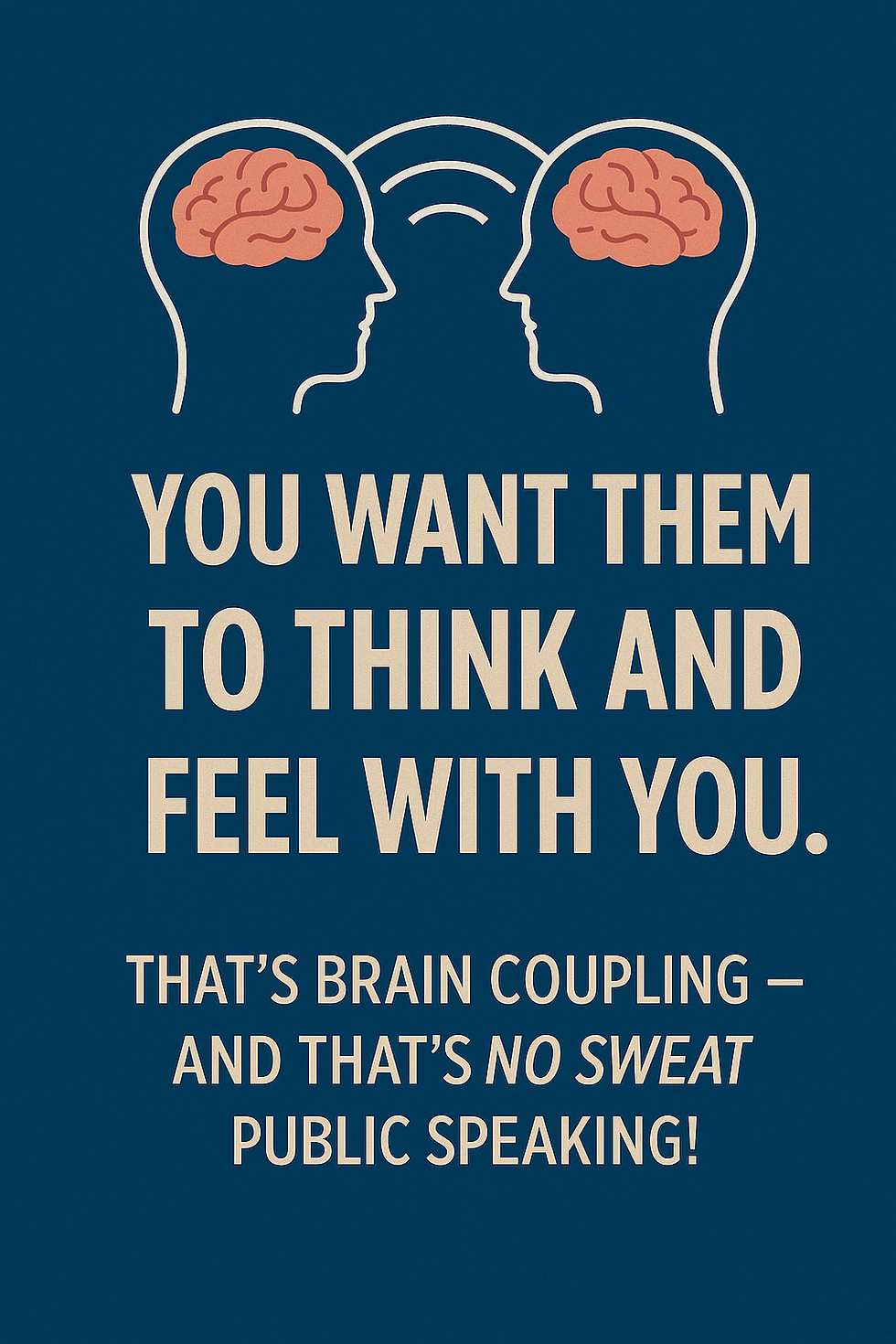Prepare an AFTER-Duction for the Emcee!
- Fred Miller

- Mar 30, 2014
- 3 min read
oIt’s Important, but usually Missing.
I’ll bet you’ve experienced this: The master of ceremonies takes the microphone immediately after a speaker finishes their talk and says, in an underwhelming manner, “Thanks for coming. Drive home safely.”
WOW! That’s memorable isn’t it? NOT!
Ending a program like that is unfortunate. Regrettably, this anti-climatic way to draw to a close, a great message from a speaker, is often the norm. It’s done in this manner because no one, especially the emcee, thought about a better way to end the event. Good News – There is!
If you’ve read any of my books, posts, or seen me speak, you know I’m a big proponent of writing your own Introduction. It is an important and integral part of a presentation because it sets the stage, establishes the credibility of the speaker, and builds enthusiasm for what is to follow. The presenter should write it for the host to deliver as if they wrote it.
The same principal holds true for the words the emcee should speak after the speaker closes their presentation. This is called the After-Duction.
Here, again, the Speaker should write the After-Duction for the host to deliver as if they wrote it. The After-Duction is the professional thing an emcee should do, but they usually need help from the speaker. It should be given to them and reviewed with the host before presenting.
The After-Duction serves several purposes:
It thanks the speaker for attending the meeting and their presentation.
Reinforces something of value from their message.
Helps, where appropriate, the speaker sell additional products and services.
This is important because a presenter often reduces their speaking fee with the anticipation of selling their wares.
The verbiage, where relevant and appropriate, could be:
Thank you, (Speaker), for a great presentation and message!
One of my takeaways is ________.
I’ve asked (Speaker) to stick around for awhile after we adjourn.
He’ll answer any questions you still have.
Don’t forget to give him your business card for his Free ________.
I suggest checking out the books and CDs he has made available.
If you ask nicely, I’ll bet he’ll be glad to autograph them for you!
You might even want to get a picture of yourself with ________.
Now would be a great time to sign up for his upcoming ________.
All the above statements are better coming from the emcee vs. the speaker.
The audience isn’t always keen about a presenter hawking their products and services from the stage. Having the host do it is akin to an endorsement!
(Of course, you better have great ‘stuff’ and have delivered an excellent presentation with solid information of value to the attendees. Permission should be sought in advance for having a display of products available for sale to attendees. Don’t consider it a ‘given.’)
“Speaking Opportunities are Business, Career, and Leadership Opportunities!”
That is my mantra. No one ever challenges that statement. Why would they?
Being the Master of Ceremonies for an event is a Speaking and Leadership Opportunity. Too often, those in this position aren’t as adept with the role as they would like to be, or think they are! Writing your Introduction and After-Duction will help and benefit them.
Just as a great Introduction puts the spotlight on the emcee and makes them look good, the same will happen when they deliver an excellent and relevant After-Duction.
These won’t be the final words from the emcee. Those will include thanking the host, helpers, sponsors, etc. and announcements relevant to the organization. The After-Duction will reinforce the value the presenter brought to the event and, in turn, raise to the forefront the responsible individuals and sponsoring organization. All good outcomes for an event!
—————————————————————————–
For More Presentation Tips go to http://www.youtube.com/fredemiller
For reading, and/or listening, this far I’d like to give you Two FREE Gifts:
An elevator Speech Template and an Elevator Speech Worksheet To receive them, go to: https://nosweatpublicspeaking.com/go/freeelevatorspeechtemplate
About the Author Fred E. Miller is a speaker, a coach, and the author of the book, “No Sweat Public Speaking!” Businesses, Individuals, and Organizations hire him because they want to improve their Networking, Public Speaking, and Presentation Skills.
They do this because they know: Speaking Opportunities are Business, Career, and Leadership Opportunities.
They also know:
We perceive really great speakers to be Experts.
Perception is reality, and we like to work with Experts.
He shows them how to: Develop, Practice, and Deliver ‘Knock Your Socks Off Presentations!’ with – NO SWEAT!
Services:
Keynote Speaker
Workshop Facilitator
Breakout Sessions
Public Speaking and Presentation Coaching
Topics:
Lessening The Fear of Public Speaking with – NO SWEAT!
Crafting Your Elevator Speech, Floor by Floor with – NO SWEAT!
Speaking Opportunities are Business, Career, and Leadership Opportunities.
We are All Self-Employed!
Fred E. Miller Fred@NoSweatPublicSpeaking.com nosweatpublicspeaking.com https://www.amazon.com/author/fredemiller 314-517-8772
#PresentationSkillsTrainingStLouis #CommunicationSpecialistStLouis #ExecutivePresentationCoachStLouis #ReducetheFearofPublicSpeaking #PresentationSkillsTraining #StLouisPublicSpeaker #FredMillerSpeaker #ExecutiveSpeechCoachMissouri #PublicSpeakingTrainingStLouis #KeynoteSpeakerMissouri #PublicSpeakingStLouis #StLouis #PresentationSeminarsStLouis #PracticingaSpeech #KeynoteSpeaker #NoSweatPresentations #oralpresentationskillstrainingstlouis #Overcomingthefearofpublicspeaking #PresentationCoach #LesseningtheFearofPublicSpeaking #FearofPublicSpeakingCoachStLouis #EffectivePresentations #ExecutiveSpeechCoachStLouis #CommunicationSkillsSeminarsStLouis #ExecutiveSpeechCoaching #CommunicationsSeminarsStLouis #PresentationSkillsTrainerStLouis #KeynoteSpeakerStLouis #PresentationCoachingStLouis #SpeakingCoachMissouri




Comments